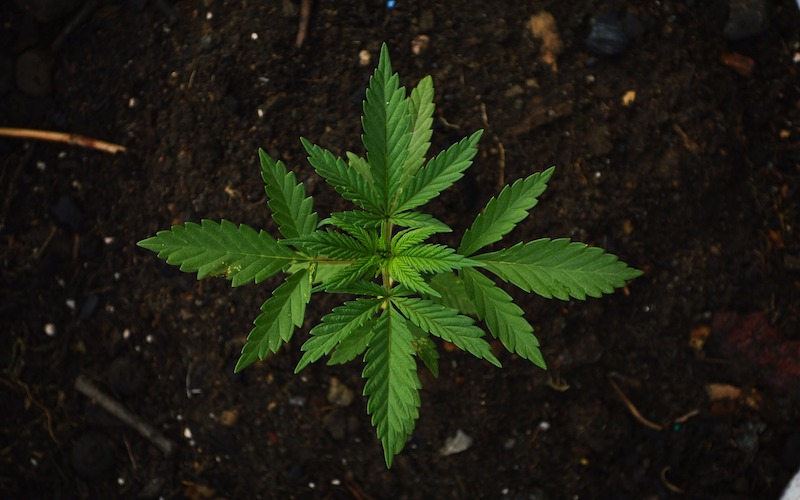The Basics of Next Generation Growing
It goes without saying that some of the most essential factors in cannabis growing are sustainability and efficiency. However, despite the major growth seen within the industry over the past few years, cultivators still face issues in both of these arenas. The environmental impact of cannabis is worth noting, considering that, according to a recent study, one percent of energy consumption in the U.S. is used for indoor grow operations. Additionally, according to Marijuana Venture, 50 cannabis plants would require 24,000 gallons of water for a single eight-month season. Clearly, work needs to be done to streamline the growing process while making it more environmentally friendly. Luckily, one solution looks to take cultivation to the next level: Next Generation Growing (NGG). Let’s take a look at the essentials of NGG and how it is building the growhouse of the future.
Powering up Photosynthesis
Anyone who passed grade school science knows the importance of photosynthesis in the growing process. However, what the average person may not know is that it is possible to take photosynthesis to the next level. This is done through balancing sunlight and water as well as maximizing the amount of Photosynthetic Active Radiation, light that ranges within the 400 to 700 nanometer wavelength. Abundant humidity (to ensure the stomata stays open), high temperature, and carbon dioxide levels are vital to putting photosynthesis on the fast track. Additional misting and keeping your greenhouse ventilation windows less open similarly speed up the process.
Related: 6 Tips for Designing Sustainable Commercial Grow Rooms
Maintaining Balance
As mentioned earlier, balance is essential in the growth process. Energy, water, and assimilates balance are the most vital factors in the equation. In terms of energy balance, Next Generation Growing research has determined the negative effects of longwave radiation, high humidity deficit, and low air humidity, while highlighting the importance of air movement. Water balance, especially with input and output, is needed, with evaporation responsible for the output. The balance between production and consumption is similarly needed, which is done through stabilizing average temperature and PAR light sum.
Managing the Greenhouse Climate
Last but not least, Next Generation Growing can be used to get the most out of your greenhouse climate. This is done in a number of ways. First, it is beneficial to reduce energy loss by keeping the energy screens closed, preventing long wave radiation that occurs when the growhouse roof is colder than the plants. Further, utilizing ventilation with wind and leeward side vents for a controllable, homogeneous climate and placing the vents above a closed screen in order to increase humidity control can be a boon for the climate of your greenhouse. Finally, eliminating any moisture gaps that can cause differential temperatures will ensure a more consistent climate.
For more information on Next Generation Growing, visit https://www.hoogendoorn.nl/en/
Author
-
Cannabis & Tech Today is the premier publication for inspiring business profiles, exclusive interviews with thought leaders in the field, science innovations, and insights on new legislation and growth in the cannabis market.







